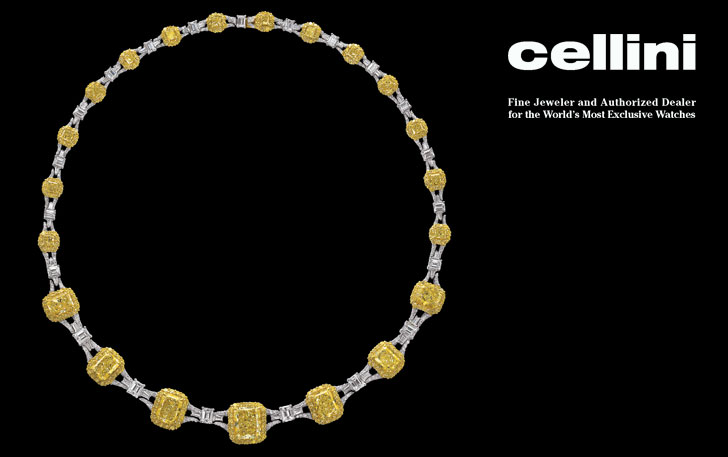PHARRELL WILLIAMS BRINGS HIS MIDAS TOUCH TO MAISON VUITTON
BY RHIANNA JONES
From his 13 Grammy award-winning tracks to his signature magnanimous hats, Pharrell Williams has always been larger than life. A maverick purveyor of culture, his inimitable style and pop-tacular voice are instantly identifiable (if not iconic), and with his recent appointment as Louis Vuitton’s menswear director, he’ll have a whole new stage to reign supreme. It was a widely debated and criticized choice, following the untimely death of Vuitton’s last menswear luminary Virgil Abloh in 2021, but both are trailblazing in their own right. While Pharrell is no stranger to stardom, Abloh left rather large leather loafers to ll. Democratizing who and what is considered luxury, as the first Black creative director at a French luxury fashion house, Abloh opened a Pandora’s box of inclusivity, creativity, and innovation that maison Vuitton had never seen before. Abloh elevated streetwear to a global movement, one that all other luxury houses are now clamoring to sustain. Pharrell, with his touch points in music, fashion, and art, seems like a natural predecessor, not to mention this will not be his first, but third time unveiling a collection with the house.

In 2004, fresh o‑ his sunglasses collaboration with Vuitton under the helm of Marc Jacobs, he was quoted in WWD, “I guess it’s American ambition. These sunglasses are not about the struggle but about the celebration of making it in this world. Overall they have this statement: ‘I am going places.’” At that point Williams had just launched a fashion company of his own, his candy colored Ice Cream sneakers, and equally chromatic Billionaire Boys Club: an inaugural luxury street wear brand where pop art, culture, and music collide. Nearly two decades later, he was knighted to steer the same industry juggernaut into a new frontier (proof that Pharrell was indeed “going places.”) Despite his meteoric trajectory from an All-American boy to global icon, he brought his homegrown Virginia roots to his Parisian runway with a collection called LVERS, referencing the state’s tourism tagline
“Virginia is for Lovers.” The collection was undeniably his, a blend of modern dandy and preppy sportswear, a crystalline crusted varsity jacket with belted pleated knee-length skirt, with crayolahued oversized speedies to boot. He took the understated Damier checkerboard print out of the archives and re-envisioned it as “Damo age,” a pixilated camo pop art pattern appearing on denim sets, tailored suits, and knit accessories.

For his debut campaign he selected LeBron James as his supermodel. While Abloh was also a multi-disciplinary creative, he hardly shared Pharrell’s global renown. Never before has such a famous figure been appointed to a luxury directorship of this magnitude. But with more front rows and campaigns being catered to influencers over editors, this only amplifies the fashion celebrity era we’re in. While luxury houses were once built on a premise of exclusivity and elitism, now every brand craves to establish a fandom of lifestyle followers. In musical artistry, fans support an artist from their first mix tape to multi-platinum album, but in fashion, a musical chairs of trends and creatives change with each year, ushering in a new brand of the moment. Sometimes the latest iteration of a brand is so steeped in the director’s vision you lose sight of its legacy, like Hedi Slimane’s interchangeable tenure at Saint Laurent or Celine. Alternatively, a young director’s voice can get muffed in the smoke and mirrors of stardom. Time will tell how Pharrell parlays his celebrity to take Vuitton to new heights, but with a rollout of 50 pop-ups to showcase his collection, as well as the highly controversial $1M Millionaire Speedy bag, it’s safe to say it’ll be a new Vuitton.
Louis Vuitton
